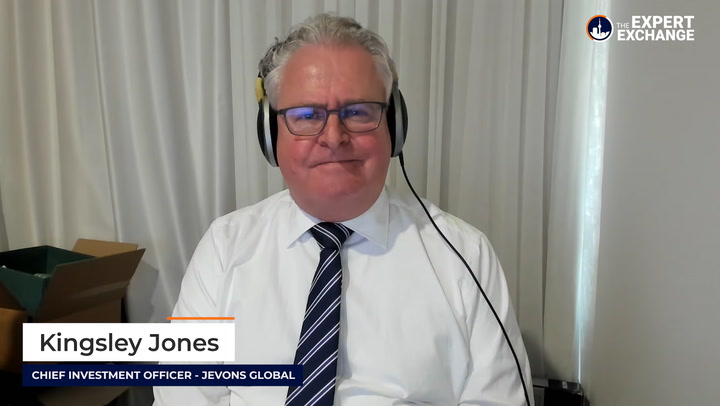- A study by Quality Indicators for Learning and Teaching (QILT) found more students are getting full-time work in 2021 than in 2020, despite growing COVID-19 concerns
- The study shows a 0.2 per cent increase for students finding a full-time job within four months of graduating, to 68.9 per cent
- In 2020, student employment was 68.7 per cent, the second-lowest in the past decade
- More than 10 per cent difference between highest and lowest employment numbers within 13 years
A new study by Quality Indicators for Learning and Teaching (QILT) found more students are getting full-time work in 2021 than in 2020, despite growing COVID-19 concerns.
The study shows a 0.2 per cent increase for undergraduates finding a full-time job (35 hours or more per week) within four months of graduating.
In 2020, student employment was 68.7 per cent, the second-lowest in the past decade.
Despite the increase in full-time graduate employment, the overall employment (including full-time, part-time or casual work) rate for recent graduates fell from 85.1 per cent in 2020 to 84.8 per cent in 2021.
In the past 13 years, the maximum employment rate for undergraduates in full-time roles was in 2009 at 79.2 per cent. A difference of 10.3 per cent compared to 2021 numbers.
The data suggested pharmacy, engineering and teaching had the highest rate of employment, with numbers at 95 per cent, 80.3 per cent and 79.1 per cent respectively.
The gender difference in graduation incomes has tended to narrow over time, however, progress has been sluggish and the gender imbalance persists, according to the research.
In 2009, female undergraduates earned $47,000, which was $3000 or six per cent lower than their male counterparts in 2021, the gender gap had risen to $2600 or 3.9 per cent, up from 2.5 per cent in 2020, however still a reduction on the 4.9 per cent in 2019 and 4.8 per cent in 2018.
The Minister for Education and Youth Alan Tudge said the higher employment rates would be welcomed by students entering the workforce during COVID-19 restrictions.
“It’s encouraging to see that despite the ongoing impacts of the pandemic, students are getting on with their lives, graduating and moving quickly into full-time work,” said Minister Tudge.
“The results of the survey also back the rationale that underpins our Job-ready Graduates reform package, where student fees were reduced in study areas of national priority, in courses such as health and science, where students are most likely to get a job.”








